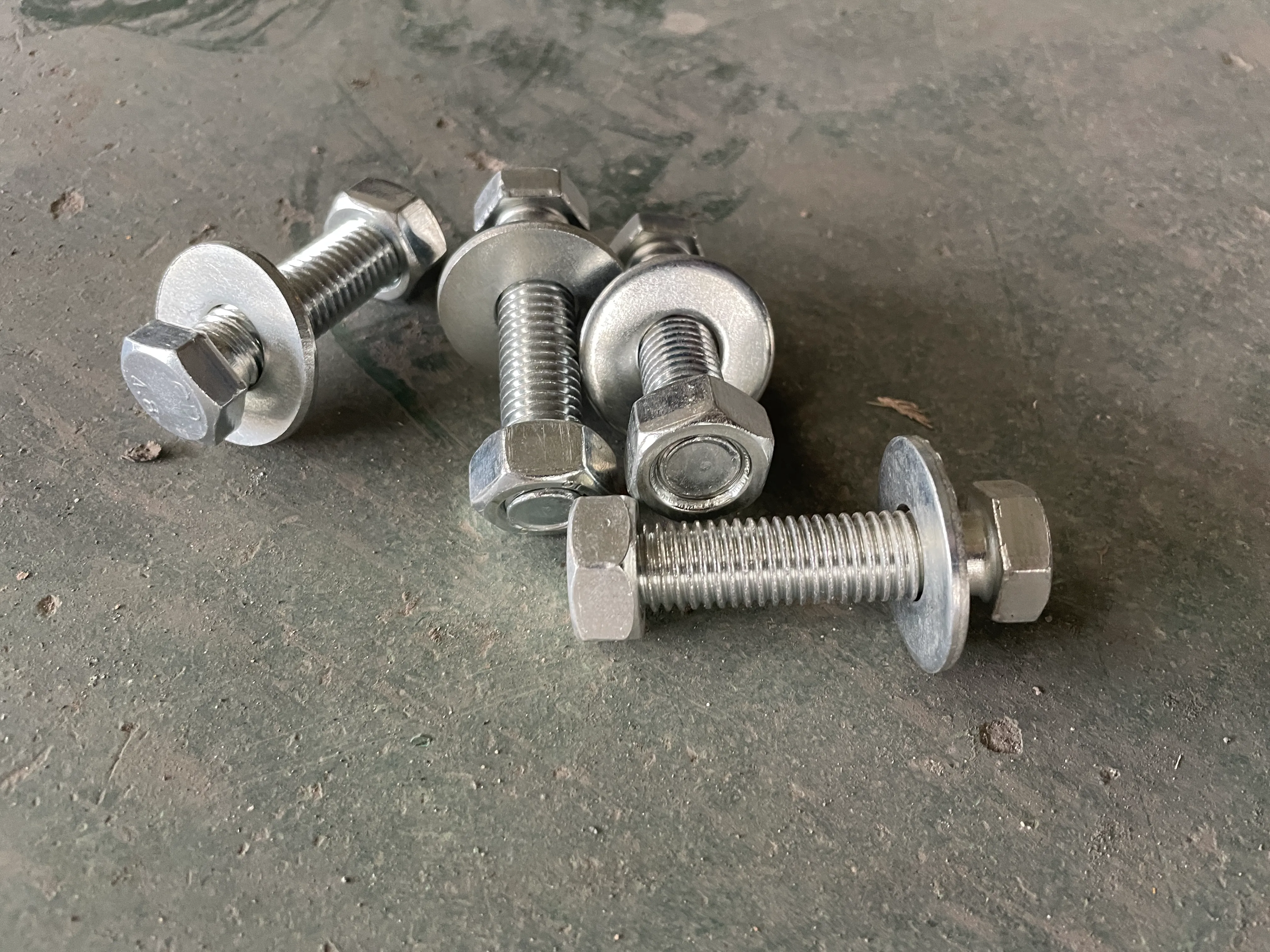loading...
- No. 9, Xingyuan South Street, Dongwaihuan Road, Zaoqiang County, Hengshui, Hebei, China
- admin@zjcomposites.com
- +86 15097380338
- Welcome to visit our website!
Innovative Solutions for Wastewater Treatment Technologies and Equipment
Wastewater Treatment Equipment An Overview
In the modern world, the importance of effective wastewater treatment cannot be overstated. With rapid industrialization, population growth, and urban sprawl, the volume of wastewater generated has surged, necessitating sophisticated treatment methods to safeguard public health and the environment. Wastewater treatment equipment plays a crucial role in this process, facilitating the purification of contaminated water before it is released back into ecosystems or reused for various purposes. This article explores the types of wastewater treatment equipment, their functions, and the technologies that enhance their efficiency.
Types of Wastewater Treatment Equipment
1. Preliminary Treatment Equipment This equipment typically includes screens and grit chambers that remove large debris and sediment from wastewater. Screens filter out rags, plastics, and other solid waste, while grit chambers allow heavier particles like sand and gravel to settle. This preliminary step is essential for preventing damage to downstream equipment and ensuring the overall effectiveness of the treatment process.
2. Primary Treatment Equipment Primary treatment focuses on separating solids from wastewater through sedimentation. Sedimentation tanks, or clarifiers, are employed to allow suspended solids to settle out as sludge. Meanwhile, lighter materials, such as oils and grease, float to the surface and are skimmed off. This process removes a significant portion of total suspended solids (TSS) and organic matter.
3. Secondary Treatment Equipment Secondary treatment aims to biologically degrade dissolved organic matter. This phase often utilizes aeration tanks, where microorganisms break down organic pollutants in the presence of oxygen. Technologies like activated sludge processes, trickling filters, and rotating biological contactors are commonly employed. The effluent from secondary treatment is typically much cleaner, containing significantly lower levels of pollutants.
4. Tertiary Treatment Equipment Tertiary treatment is an advanced stage that further polishes the treated water to remove remaining contaminants, including nutrients like nitrogen and phosphorus. Equipment used in tertiary treatment can include sand filters, membrane filtration systems, and reverse osmosis units. This level of treatment is crucial for water reuse applications and for meeting stringent regulatory discharge standards.
5. Sludge Management Equipment The residual sludge generated throughout the wastewater treatment process must be managed effectively. Equipment such as centrifuges and belt filter presses are used to dewater sludge, making it more manageable for disposal or further treatment. Anaerobic digesters can also be employed to reduce sludge volume and generate biogas as a by-product.
waste water treatment equipment

Emerging Technologies in Wastewater Treatment
The landscape of wastewater treatment is constantly evolving, with advancements enhancing the efficiency and efficacy of treatment equipment. Notable trends include
- Membrane Bioreactors (MBR) Combining biological treatment with membrane filtration, MBR systems offer superior effluent quality and a smaller footprint compared to conventional systems. They effectively remove suspended solids and pathogens, making them ideal for water reuse applications.
- Advanced Oxidation Processes (AOPs) AOPs utilize strong oxidants to break down complex organic contaminants that standard biological processes may not effectively degrade. This technology is increasingly used for treating industrial wastewater laden with hazardous substances.
- Smart Sensors and Automation The incorporation of IoT technology and AI into wastewater treatment allows for real-time monitoring and management of treatment processes. Automated systems can optimize chemical dosing and energy consumption, making operations more efficient and cost-effective.
Conclusion
As the need for effective wastewater management grows, so does the importance of advanced wastewater treatment equipment. By utilizing a combination of preliminary, primary, secondary, and tertiary treatment technologies, facilities can significantly reduce pollution and protect water resources. The incorporation of emerging technologies ensures that these systems remain efficient and capable of meeting the demands of modern society. Investing in robust wastewater treatment solutions not only helps in environmental conservation but also promotes sustainable water reuse practices essential for the future. In an era where every drop counts, wastewater treatment equipment stands at the forefront of safeguarding our planet's most vital resource water.
-
The Rise of FRP Profiles: Strong, Lightweight, and Built to LastNewsJul.14,2025
-
SMC Panel Tanks: A Modern Water Storage Solution for All EnvironmentsNewsJul.14,2025
-
GRP Grating: A Modern Solution for Safe and Durable Access SystemsNewsJul.14,2025
-
Galvanized Steel Water Tanks: Durable, Reliable, and Ready for UseNewsJul.14,2025
-
FRP Mini Mesh Grating: The Safer, Smarter Flooring SolutionNewsJul.14,2025
-
Exploring FRP Vessels: Durable Solutions for Modern Fluid HandlingNewsJul.14,2025
-
GRP Structures: The Future of Lightweight, High-Performance EngineeringNewsJun.20,2025
